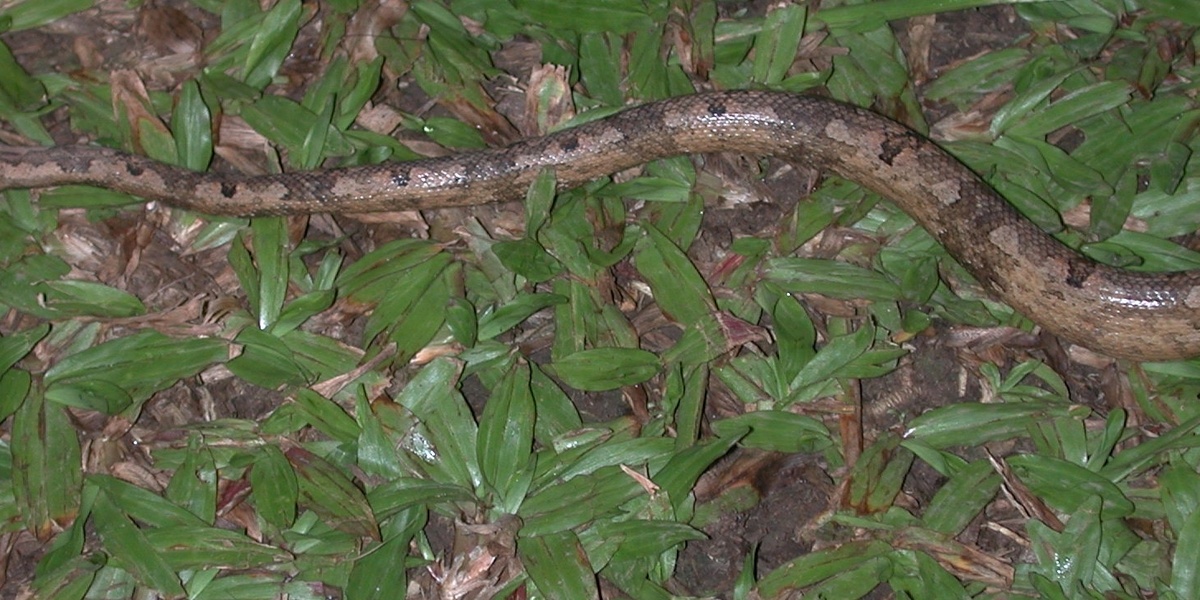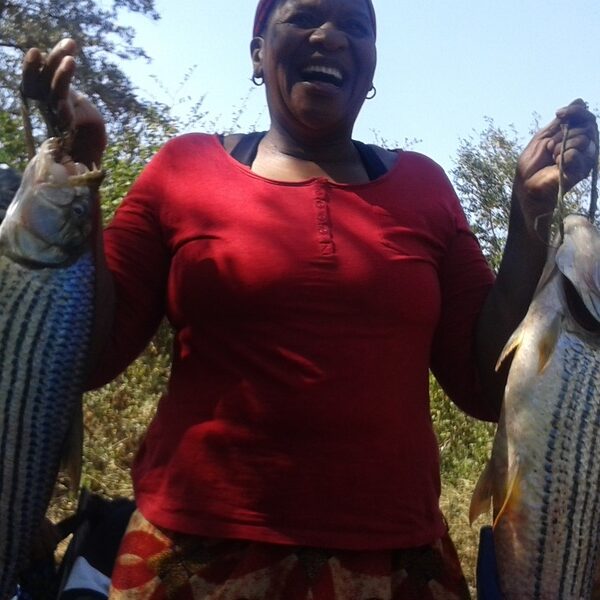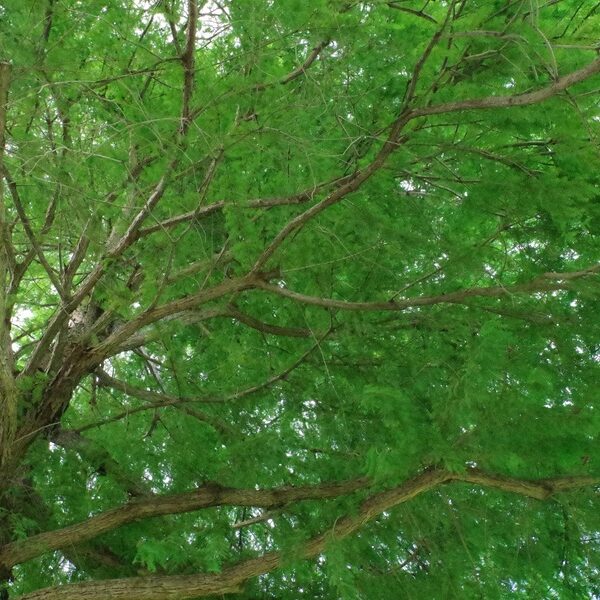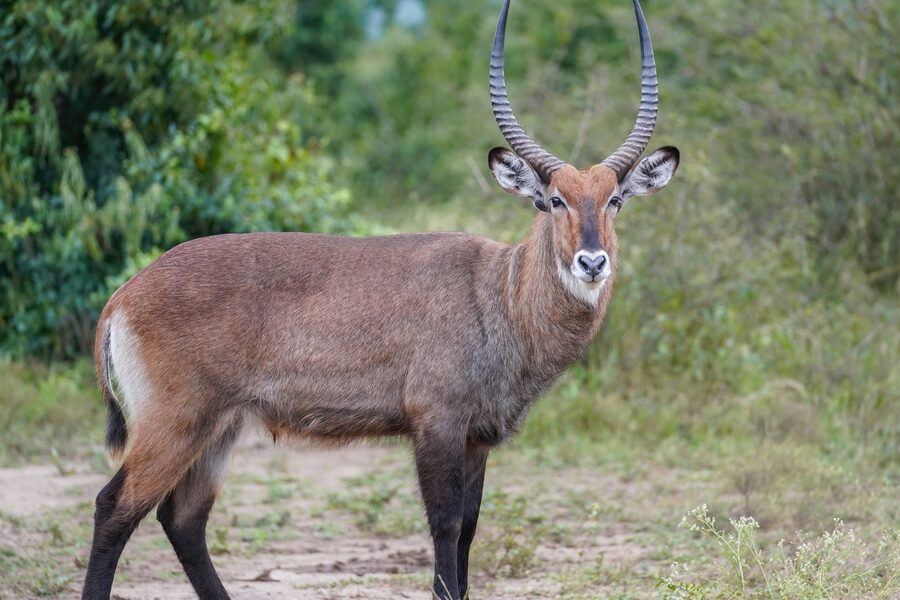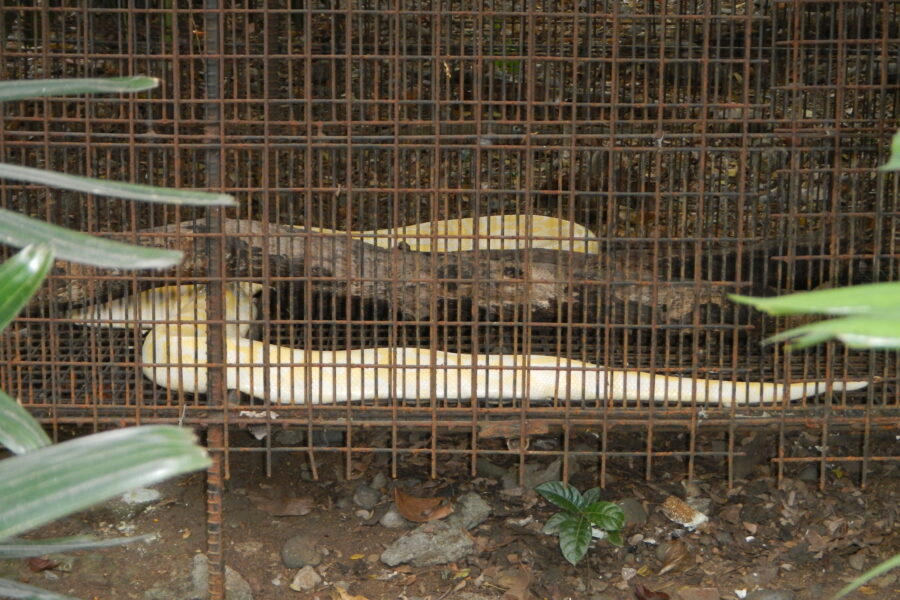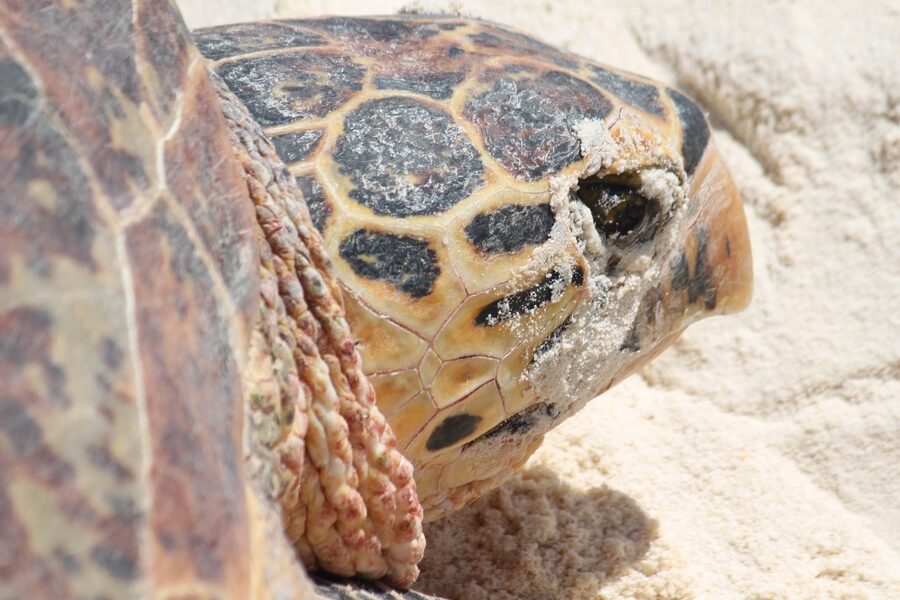Vanuatu’s islands host a surprising mix of coastal, forest and reef habitats that shape a unique reptile community. From tiny skinks basking on sun-warmed rocks to snakes slipping between coral and shoreline, these species reflect the archipelago’s varied environments and island-to-island differences.
There are 28 Reptiles of Vanuatu, ranging from Bandy-bandy Sea Krait to Yellow-lipped Sea Krait. For each species you’ll find below Scientific name,Islands (distribution),Note (max 15 words) to make comparisons and field ID easier — you’ll find below the full list and details.
Which habitats in Vanuatu support the most reptile diversity?
Island forests, coastal scrub, mangroves and reef margins all host different species; skinks and geckos dominate terrestrial sites while sea kraits and some snakes favor reef‑adjacent waters. Many species are island‑specific, so habitat variety across islands increases overall diversity.
Should I worry about dangerous or protected reptiles when visiting?
Most reptiles here are harmless if left alone; sea kraits are venomous but generally non‑aggressive and avoid humans. Several species are protected or have restricted ranges, so avoid handling wildlife and follow local conservation rules.
Reptiles of Vanuatu
| Common name | Scientific name | Islands (distribution) | Note (max 15 words) |
|---|---|---|---|
| Pacific Boa | Candoia bibroni | Widespread | Note: Non-venomous constrictor, nocturnal, highly variable in color. LC. |
| Mangrove Monitor | Varanus indicus | Widespread | Note: Vanuatu’s largest native land reptile. LC. |
| Mourning Gecko | Lepidodactylus lugubris | Widespread | Note: Parthenogenetic (all-female), very common household gecko. LC. |
| Common House Gecko | Hemidactylus frenatus | Widespread | Note: Invasive, vocal, often found in buildings. LC. |
| Oceanic Gecko | Gehyra oceanica | Widespread | Note: Native, large gecko with smooth skin. LC. |
| Stump-toed Gecko | Gehyra mutilata | Widespread | Note: Invasive, with very delicate, easily torn skin. LC. |
| Pelagic Gecko | Nactus pelagicus | Widespread | Note: Native, terrestrial, with distinctive bumpy skin. LC. |
| Saw-tailed Gecko | Bavayia septuiclavis | Efate, Erromango | Note: Endemic to southern Vanuatu. NT. |
| Central Vanuatu Gecko | Bavayia centralis | Pentecost, Ambrym, Malekula | Note: Endemic to central Vanuatu’s forests. NT. |
| White-spotted Gecko | Gekko vittatus | Efate, Espiritu Santo | Note: Introduced, large with a bold white stripe. LC. |
| Copper-tailed Skink | Emoia cyanura | Widespread | Note: Very common, sun-loving, often in gardens. LC. |
| Speiser’s Skink | Emoia speiseri | Widespread | Note: Large, robust, ground-dwelling forest skink. LC. |
| Sanford’s Skink | Emoia sanfordi | Espiritu Santo, Malo | Note: Endemic, large tree-dweller with a prehensile tail. VU. |
| White-lipped Skink | Emoia tuitarere | Espiritu Santo | Note: Endemic to Mt Tabwemasana, Vanuatu’s highest peak. CR. |
| Tanna Ground Skink | Caledoniscincus atropunctatus | Tanna, Southern Islands | Note: Small, active in leaf litter and clearings. LC. |
| New Caledonian Snake-eyed Skink | Cryptoblepharus novocaledonicus | Widespread coastal areas | Note: Slender, very fast, with a transparent eyelid. LC. |
| Vanuatu Slender Skink | Lipinia nototaenia | Espiritu Santo, Malo | Note: Endemic, arboreal, and very poorly known. DD. |
| Green Tree Skink | Lamprolepis smaragdina | Efate, Tanna | Note: Introduced, diurnal, and a brilliant emerald green. LC. |
| Brown Tree Snake | Boiga irregularis | Northern islands | Note: Native, mildly venomous, nocturnal climber. LC. |
| Brahminy Blindsnake | Indotyphops braminus | Widespread | Note: Invasive, tiny, resembles an earthworm. LC. |
| Yellow-lipped Sea Krait | Laticauda colubrina | Coastal waters | Note: Highly venomous but docile, amphibious snake. LC. |
| Bandy-bandy Sea Krait | Laticauda laticaudata | Coastal waters | Note: Highly venomous, also called Black-lipped Sea Krait. LC. |
| Yellow-bellied Sea Snake | Hydrophis platurus | Open ocean | Note: Highly venomous, fully aquatic, pelagic. LC. |
| Saltwater Crocodile | Crocodylus porosus | Coastal, mangroves | Note: Vagrant individuals only, not a breeding population. LC. |
| Green Sea Turtle | Chelonia mydas | Coastal waters, nesting beaches | Note: Large herbivorous turtle, nests in Vanuatu. EN. |
| Hawksbill Sea Turtle | Eretmochelys imbricata | Coastal waters, coral reefs | Note: Critically endangered, has a hawk-like beak. CR. |
| Leatherback Sea Turtle | Dermochelys coriacea | Offshore waters | Note: World’s largest turtle, lacks a hard shell. VU. |
| Olive Ridley Sea Turtle | Lepidochelys olivacea | Offshore waters | Note: Smallest sea turtle, nests on Vanuatu beaches. VU. |
Images and Descriptions
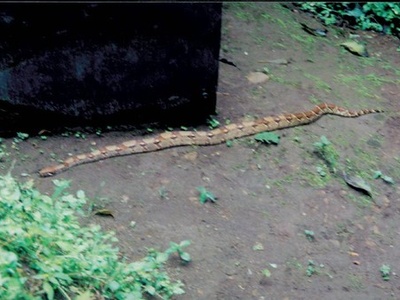
Pacific Boa
A medium-sized ground and tree-dwelling boa, typically brown or grey with dark blotches. It is a slow-moving, nocturnal ambush predator feeding on lizards, birds, and small mammals in forest and gardens.
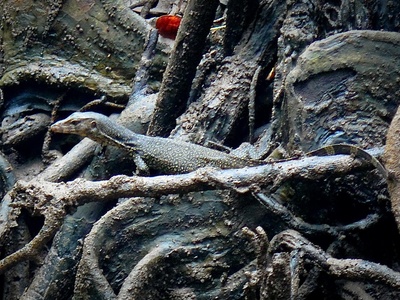
Mangrove Monitor
This large, powerful lizard can exceed 1.5 meters in length. As a versatile predator, it inhabits coastal areas, mangroves, and forests, adept at both swimming and climbing to hunt crabs, birds, and eggs.
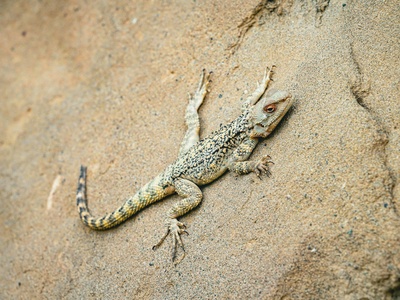
Mourning Gecko
A small, adaptable gecko found from pristine forests to urban homes. Its populations consist entirely of females that reproduce without males, often making soft chirping sounds at night.
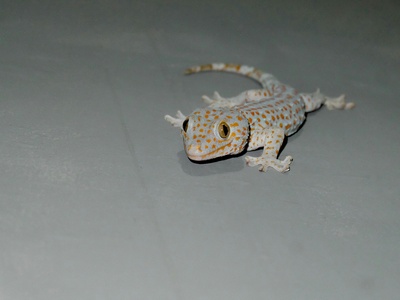
Common House Gecko
An introduced species now ubiquitous around human settlements. This small, pale gecko is a noisy nighttime hunter of insects, easily recognized by its distinctive and repetitive “chuck-chuck-chuck” call.
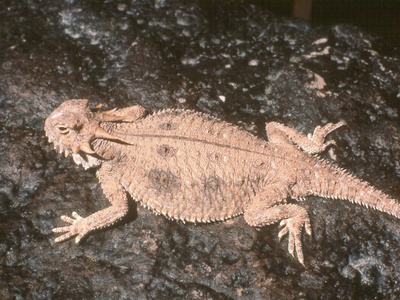
Oceanic Gecko
One of the larger native geckos in Vanuatu, possessing smooth, velvety skin and large, well-developed toe pads for climbing. It primarily inhabits natural forests but also ventures into traditional buildings.
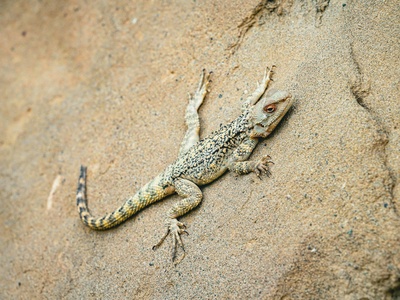
Stump-toed Gecko
Also known as the four-clawed gecko, this introduced species has soft skin that tears as a defense. It is commonly found on walls and ceilings alongside the Common House Gecko.
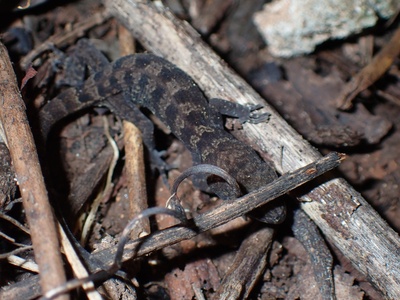
Pelagic Gecko
A ground-dwelling gecko characterized by its warty or tubercular skin, giving it a rough texture. It is nocturnal, hiding under logs and rocks by day before emerging to hunt insects on the forest floor.
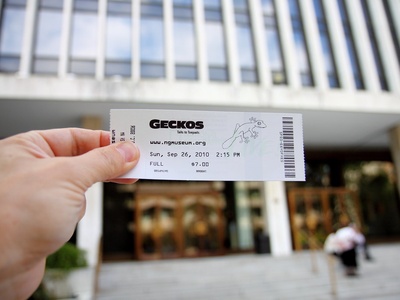
Saw-tailed Gecko
A small, slender gecko found only in the forests of southern Vanuatu. Its common name refers to the row of prominent, pointed scales along the sides of its tail.
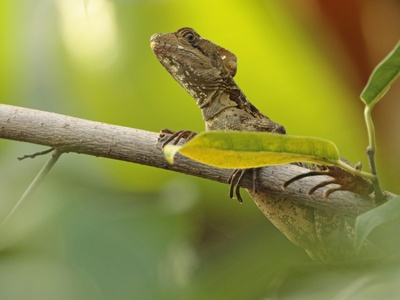
Central Vanuatu Gecko
This secretive, tree-dwelling gecko is known only from the islands of central Vanuatu. It is part of a unique group of geckos that have diversified across the region’s islands.
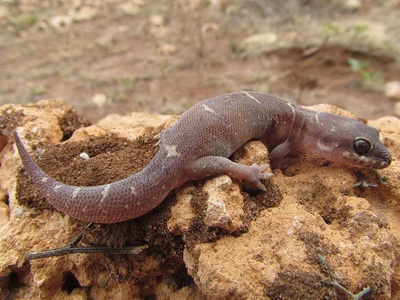
White-spotted Gecko
A large, striking gecko, likely introduced to Vanuatu. It is easily identified by the clean white stripe running from its neck down its back, sometimes forking on the head.
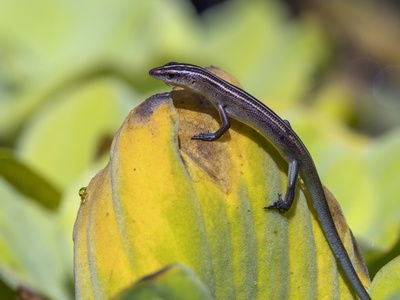
Copper-tailed Skink
A small, active skink frequently seen in sunny clearings, gardens, and forest edges. It has a bronze body with several prominent stripes and, particularly in juveniles, a vibrant blue or green tail.
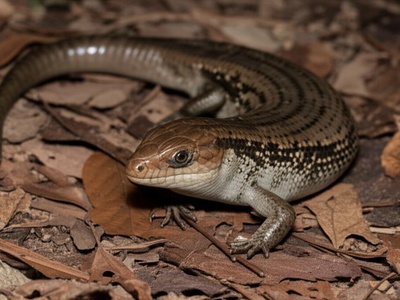
Speiser’s Skink
A stout, strong-limbed skink that forages in leaf litter on the forest floor. Its robust build makes it one of the more conspicuous skinks in Vanuatu’s native forests.
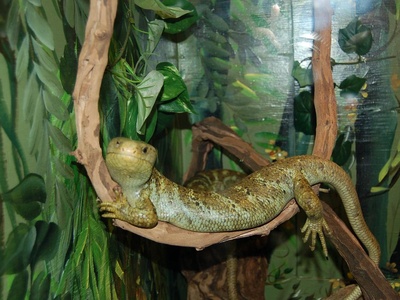
Sanford’s Skink
A large, impressive skink endemic to Santo and Malo. It is fully arboreal, using its prehensile tail and sharp claws to climb high in the forest canopy to feed on fruits and insects.
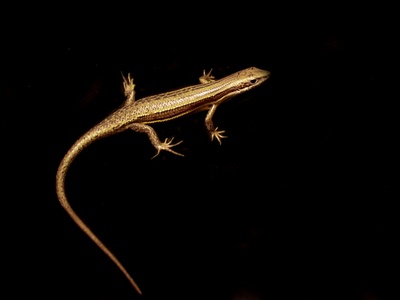
White-lipped Skink
A critically endangered skink with an extremely restricted range on Vanuatu’s highest mountain. It is poorly known and highly vulnerable to climate change and introduced species.
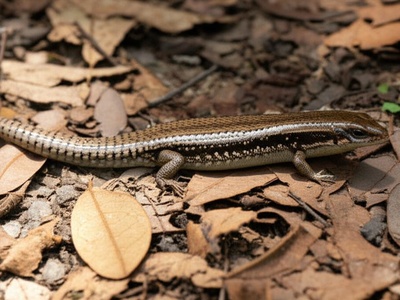
Tanna Ground Skink
A small, fast-moving skink commonly found on the forest floor. It has a speckled, dark brown back and darts quickly through leaf litter and sunny patches while hunting for small insects.
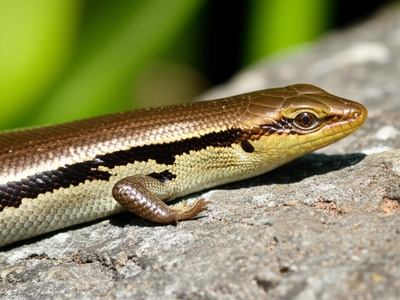
New Caledonian Snake-eyed Skink
A sleek, agile skink with a fixed, transparent scale over its eye, giving it a “snake-eyed” appearance. It is incredibly fast, often seen on coastal rocks, tree trunks, and buildings.
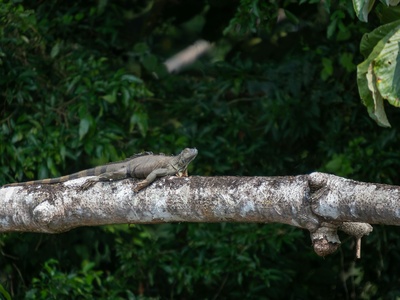
Vanuatu Slender Skink
A small, slender skink that lives on tree trunks in undisturbed forests. This species is very rarely seen, and its secretive nature means little is known about its population or ecology.
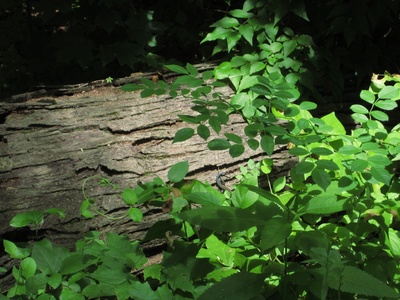
Green Tree Skink
A stunning, bright green skink that is active during the day. Introduced to Vanuatu, it is now a conspicuous sight on large tree trunks in gardens and plantations where it basks and hunts insects.
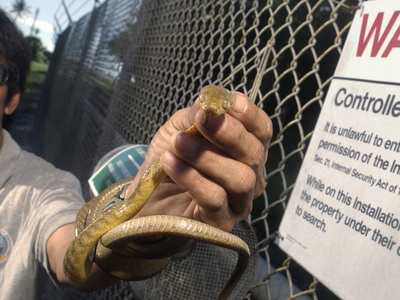
Brown Tree Snake
Native to northern Vanuatu, this slender, nocturnal snake is an adept climber with large eyes for night vision. It preys on lizards, birds, and small mammals. Its venom is mild and not dangerous to humans.
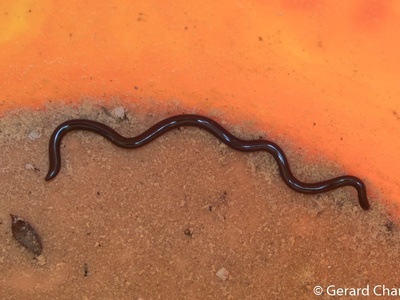
Brahminy Blindsnake
This tiny, harmless, burrowing snake is often mistaken for an earthworm. Introduced worldwide in soil, this all-female species reproduces via parthenogenesis and is found in gardens and forests.
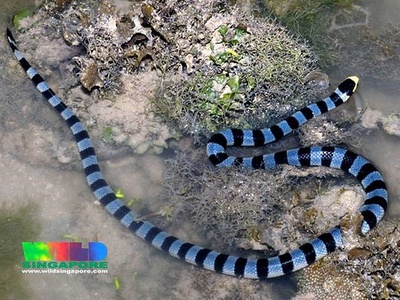
Yellow-lipped Sea Krait
A beautiful sea snake with black bands, a blue-grey body, and a distinctive yellow snout. It hunts fish in coral reefs but must return to land to rest, digest, and lay eggs.
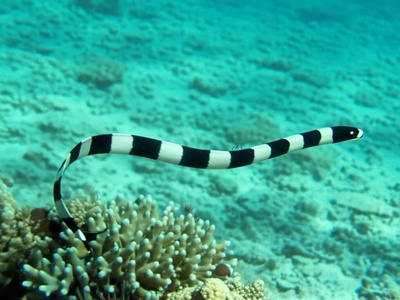
Bandy-bandy Sea Krait
Similar to its yellow-lipped relative, this amphibious sea snake is distinguished by its black upper lip. It forages for eels in shallow reef waters and is highly venomous but generally unaggressive.
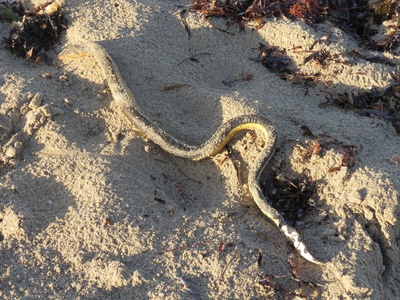
Yellow-bellied Sea Snake
A true sea snake with a unique color pattern: a black back sharply demarcated from a bright yellow belly. It lives its entire life in the open ocean, often seen floating on the surface.
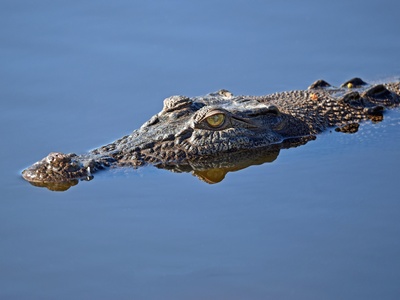
Saltwater Crocodile
The world’s largest reptile, it is not resident in Vanuatu but appears as a rare vagrant, likely swimming from the Solomon Islands. Any crocodile sighting should be treated with extreme caution.
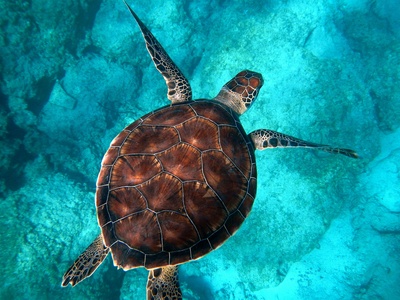
Green Sea Turtle
A large sea turtle named for its green-colored fat, not its shell. Adults feed on seagrass in coastal waters and migrate long distances to lay their eggs on Vanuatu’s sandy beaches.
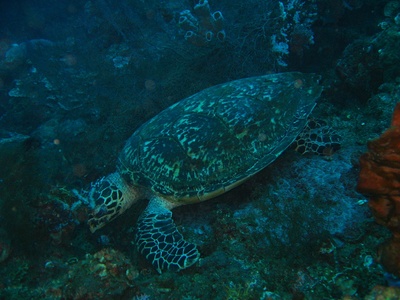
Hawksbill Sea Turtle
Identified by its narrow, pointed beak and beautifully patterned shell (tortoiseshell), this turtle is crucial for reef health as it feeds on sponges. It is critically endangered due to past exploitation.
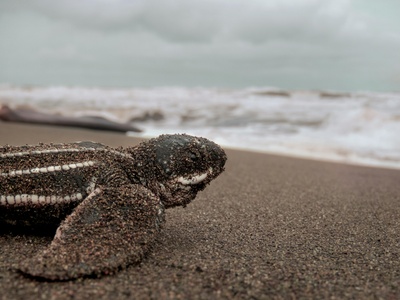
Leatherback Sea Turtle
The largest of all turtles, the leatherback is unique for its tough, leathery skin and prominent ridges instead of a bony shell. It is a deep-diving specialist that feeds on jellyfish.
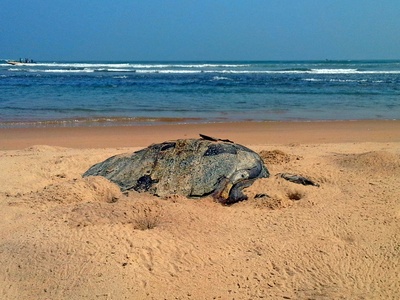
Olive Ridley Sea Turtle
The smallest of the sea turtles, named for the olive-green color of its heart-shaped shell. Though famous for mass nesting elsewhere, solitary individuals regularly nest on beaches throughout Vanuatu.
